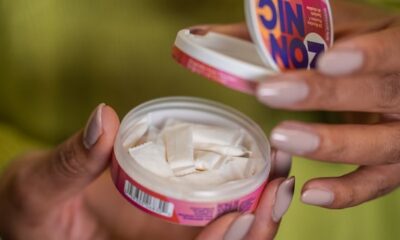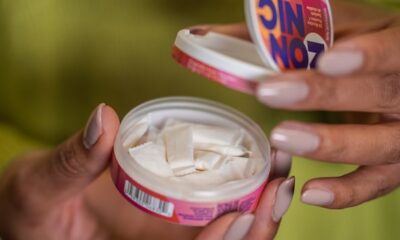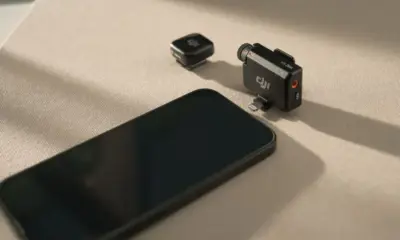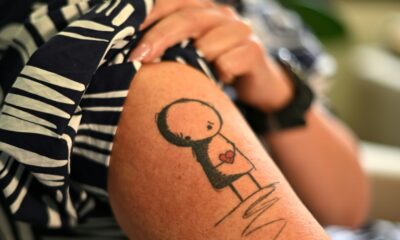Science
Social Media Fuels Controversial ‘Sleepmaxxing’ Trend Amid Risks
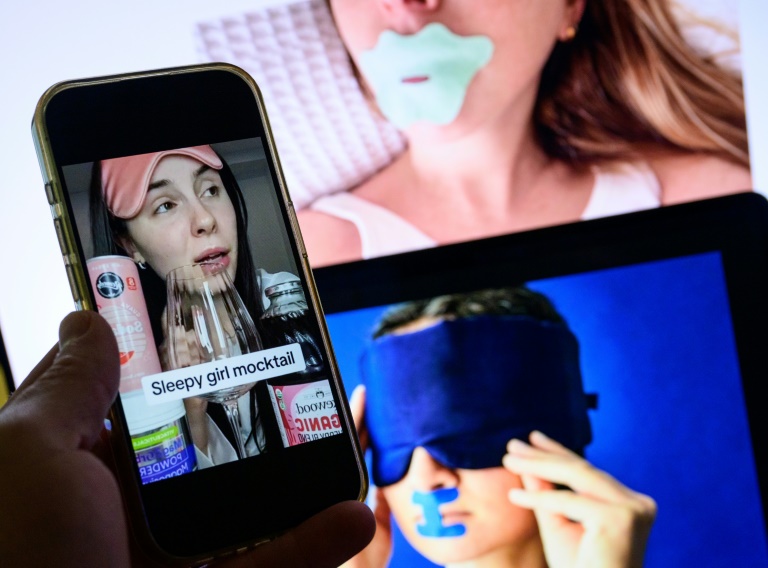
A viral trend known as “sleepmaxxing” is sweeping across social media platforms such as TikTok and X, promoting extreme bedtime routines that claim to optimize sleep quality. While the movement has garnered tens of millions of posts, health experts caution that many of these practices lack scientific validation and may pose serious safety risks.
The term “sleepmaxxing” encompasses various activities and products that influencers tout as methods to achieve perfect sleep. Among the most alarming practices is a technique where individuals hang by their necks using ropes or belts, reportedly swinging in the air to improve sleep. A video demonstrating this method has amassed over 11 million views on X, with enthusiasts claiming significant improvements in their sleep issues. Yet, experts have raised serious concerns about this practice, especially after a Chinese state broadcaster reported a fatality linked to a similar neck-hanging routine last year.
According to Timothy Caulfield, an expert in misinformation from the University of Alberta, these techniques are “ridiculous, potentially harmful, and evidence-free.” He emphasizes that the trend illustrates how social media can normalize dangerous behaviors. Another practice gaining traction is the taping of the mouth during sleep, which influencers claim encourages nasal breathing and offers various health benefits, including reduced snoring. However, a report from George Washington University found that most of these claims lack credible medical support.
Health professionals have also warned that mouth taping could be particularly dangerous for individuals suffering from sleep apnea, a disorder that disrupts normal breathing during sleep. Other questionable methods promoted by sleepmaxxing advocates include wearing tinted glasses, using weighted blankets, and consuming two kiwis before bedtime.
Potential Harm and Psychological Impact
The rise of sleepmaxxing has raised alarms among professionals like Kathryn Pinkham, a UK-based insomnia specialist. She asserts that much of the advice shared on platforms like TikTok can be counterproductive and even damaging for people facing serious sleep challenges. “While some tips may be harmless for those who sleep well, they can exacerbate anxiety for individuals dealing with chronic insomnia,” she explained.
Experts are particularly concerned about a phenomenon known as “orthosomnia,” characterized by an obsessive pursuit of perfect sleep. According to Eric Zhou from Harvard Medical School, the pressure to achieve flawless sleep is deeply embedded within the sleepmaxxing culture. He explains that while striving for restful sleep is commendable, setting unrealistic perfection as a goal can lead to increased stress and anxiety, making it even harder to achieve quality sleep.
Pinkham further emphasizes that the anxiety to fix sleep problems often fuels poor sleep quality. “The more we attempt to control sleep with hacks or rigid routines, the more vigilant we become, paradoxically making sleep harder to attain,” she noted.
Commercialization and Regulatory Concerns
A significant aspect of the sleepmaxxing trend is its focus on enhancing physical appearance rather than prioritizing health. This mirrors another online trend known as “looksmaxxing,” which promotes unproven methods to improve sexual appeal. Some influencers within the sleepmaxxing community have begun to monetize the trend, promoting products such as mouth tapes, sleep-enhancing powders, and “sleepmax gummies” containing melatonin.
The promotion of these products raises legal and ethical questions in several jurisdictions. In Britain, for instance, melatonin is available only through prescription, and the American Academy of Sleep Medicine has advised against its use for treating insomnia in adults due to inconsistent evidence regarding its efficacy.
Medical professionals caution that many recommendations from sleepmaxxing influencers stem from non-experts and lack clinical backing. “For individuals with genuine sleep issues, these kinds of tips often add pressure rather than provide relief,” Pinkham concluded.
As the sleepmaxxing trend continues to evolve, the interplay between wellness culture and social media underscores the importance of critical evaluation of health practices. Individuals struggling with sleep disorders are encouraged to seek advice from qualified healthcare professionals rather than relying on unverified online trends.
-

 Politics4 weeks ago
Politics4 weeks agoSecwepemc First Nation Seeks Aboriginal Title Over Kamloops Area
-

 World5 months ago
World5 months agoScientists Unearth Ancient Antarctic Ice to Unlock Climate Secrets
-

 Entertainment5 months ago
Entertainment5 months agoTrump and McCormick to Announce $70 Billion Energy Investments
-

 Science5 months ago
Science5 months agoFour Astronauts Return to Earth After International Space Station Mission
-

 Lifestyle5 months ago
Lifestyle5 months agoTransLink Launches Food Truck Program to Boost Revenue in Vancouver
-

 Technology3 months ago
Technology3 months agoApple Notes Enhances Functionality with Markdown Support in macOS 26
-

 Lifestyle3 months ago
Lifestyle3 months agoManitoba’s Burger Champion Shines Again Amid Dining Innovations
-

 Top Stories2 months ago
Top Stories2 months agoUrgent Update: Fatal Crash on Highway 99 Claims Life of Pitt Meadows Man
-

 Politics4 months ago
Politics4 months agoUkrainian Tennis Star Elina Svitolina Faces Death Threats Online
-

 Sports5 months ago
Sports5 months agoSearch Underway for Missing Hunter Amid Hokkaido Bear Emergency
-

 Politics5 months ago
Politics5 months agoCarney Engages First Nations Leaders at Development Law Summit
-

 Technology5 months ago
Technology5 months agoFrosthaven Launches Early Access on July 31, 2025

